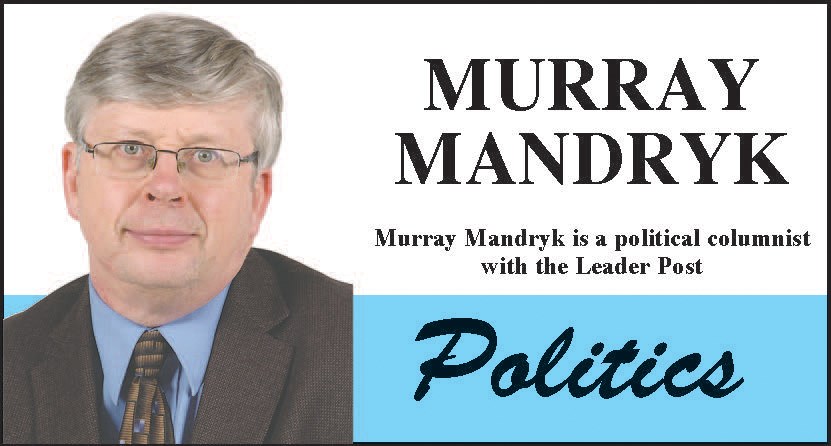The province isn’t quite as divided as we sometimes think, which is bad news for Ryan Meili and the NDP.
For years, we have thought of Saskatchewan to be a province divided between urban and rural … and not without good reason.
It just wasn’t that long ago in Saskatchewan that it was just a given that the four biggest cities would vote NDP and the smaller cities, towns and farms would vote for anyone else.
It was a trend that started in the late 1970s when the NDP was already starting losing farms, but still had bedrock support in Regina, Saskatoon, Moose Jaw and Prince Albert.
That all changed in 1982 when Grant Devine’s Progressive Conservatives not only swept most of the countryside but also every seat in the four major cities except for two in Regina’s core.
That city vote would revert back to the NDP in 1986 and remained solid NDP for the next four elections, including 2003 when the Saskatchewan Party – former in 1997 via a merger of PC and Liberal MLAs as a single, right-wing alternative to the NDP – broke through with three urban seats.
But since the Sask. Party win in 2007, it’s grown its urban base to the point where it’s far less distinguishable from its rural base.
There were 31 Sask. Party seats in 2016 in which its candidates won by 2,500 votes or more. The significance of this is two-fold: You need 31 seats in Saskatchewan’s 61-seat legislature to form a majority government and winning a seat by 2,500 votes in the previous election is a pretty solid benchmark when it comes to holding that seat in the next election.
In Saskatchewan’s entire history going back to 1905, there has been 1,703 MLAs elected or re-elected in general elections or by-elections. In all that time, there has been a total of six riding elections in which a party that registered a 2,500-vote win the next election.
Interestingly, this rarity happened four times in 1982 when Grant Devine’s Progressive Conservatives shocked the NDP in the home of North America’s first social democrats by knocking off NDP heavyweights like Roy Romanow.
In the 38 years since, no party has come close winning a seat it lost in the previous election by 2,500 votes.
In fact, winning any Saskatchewan seat by 2,500 had been a rather unusual event in election rates … or at least, it was until the arrival of the Sask. Party and its stronghold on rural seats.
However, it’s not just rural seats in which the Sask. Party has established a huge voter base that makes suddenly losing that seat unlikely.
Of those 31 seats in 2016 that the Sask. Party won by 2,500 votes or more, six were in the cities. In fact, the Sask. Party won a third of the all city seats in the one-time NDP stronghold that no other party could penetrate by more than 1,000 votes. A thousand votes is a very tough thing for any candidate to overcome.
It likely has a lot to do with fact that all voters in the province – rural and urban – have benefitted from the prosperity that has paralleled the Sask. Party years in power.
It’s worth remembering that Ralph Goodale – the last Liberal MP in this province – was voted out of office a year ago in the federal election. So when Premier Scott Moe takes on federal Prime Minister Justin Trudeau over support for oil and agriculture as he recently did in advance of the federal throne speech (and likely, the provincial election) there are city people cheering.
But, mostly, it’s a reflection of how rural and city people are maybe a bit more similar in their politics right now than some assume.
Murray Mandryk has been covering provincial politics since 1983.



